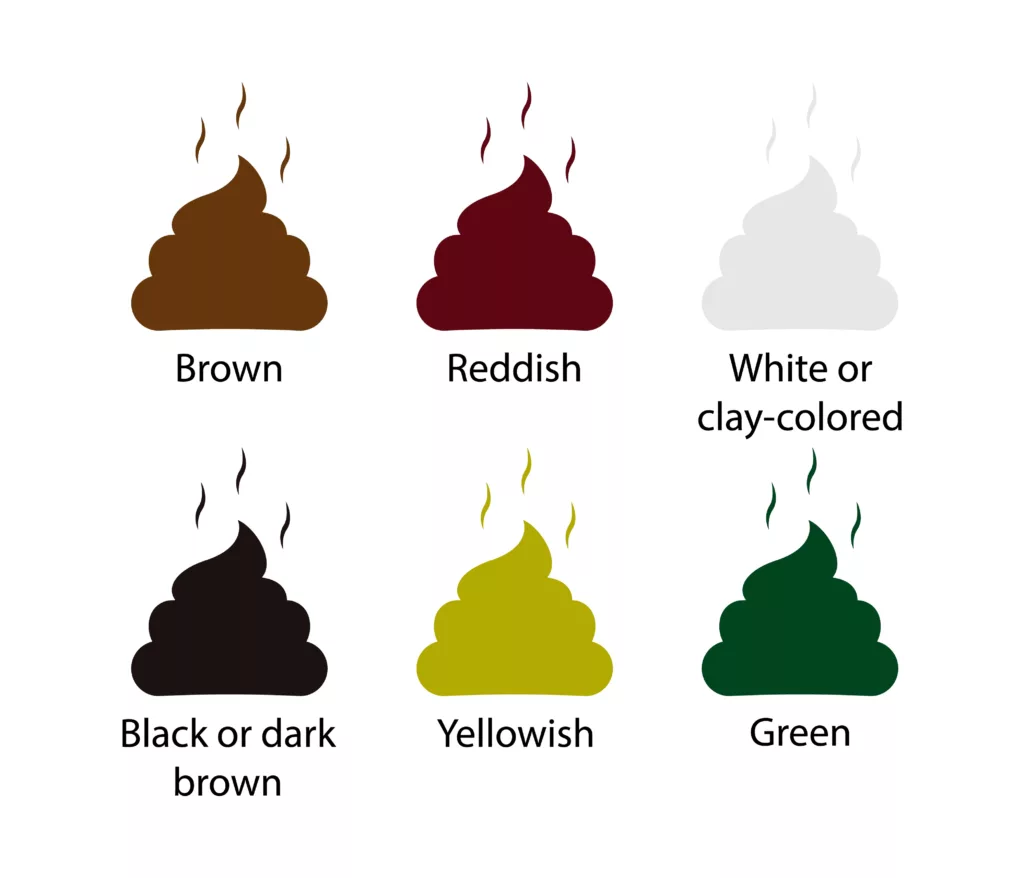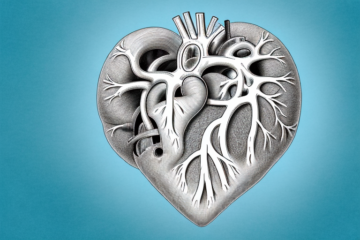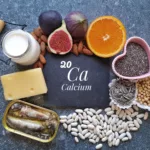Red Flags: When to Seek Medical Attention for Abnormal Stool Color
While changes in stool color can often be explained by diet or medication factors, there are certain colors that may signal an underlying health issue.

If you notice any of the following colors in your stool, it’s important to seek medical attention:
- Black or tarry stool, which can be a sign of bleeding in the digestive tract
- White or gray stool, which can indicate a blockage in the bile duct
- Yellow or green stool, which can be a sign of infection or inflammation in the intestines
- Red or pink stool, which can indicate bleeding in the lower digestive tract
It’s important to note that not all changes in stool color are cause for concern. For example, consuming large amounts of beets or red food coloring can cause your stool to appear red or pink. Similarly, taking iron supplements can cause your stool to appear black. However, if you are unsure about the cause of your abnormal stool color, it’s always best to consult with a healthcare professional.
In addition to changes in stool color, it’s important to pay attention to other symptoms that may accompany abnormal stool color. These can include abdominal pain, diarrhea, constipation, nausea, and vomiting. If you experience any of these symptoms along with abnormal stool color, it’s important to seek medical attention as soon as possible.



















